THE IMPORTANCE OF TAKING L-CITRULLINE
L-citrulline, a vital amino acid, is significant in promoting cardiovascular health, enhancing athletic performance, and contributing to overall wellness. In this discussion, we will explore the ten foods that are particularly abundant in L-citrulline, highlighting their benefits as substantiated by scientific research. This writing provides an essential resource for individuals interested in improving their health through dietary choices. Please like, subscribe, and activate notifications for more informative content.
SCIENTIFIC BACKGROUND
Numerous studies have emphasized the importance of L-citrulline. For example, research published in the Journal of Urology” indicates that L-citrulline supplementation can enhance erection firmness in men experiencing mild erectile dysfunction. Additionally, a study featured in the Journal of Applied Physiology demonstrated that L-citrulline improves anaerobic athletic performance and alleviates muscle soreness. These findings highlight the value of incorporating L-citrulline-rich foods into our diets.
TOP 10 FOODS HIGH IN L-CITRULLINE
In this segment, we will examine the ten foods that are particularly high in L-citrulline. Each of these foods provides distinct health benefits and varying levels of this essential amino acid. Incorporating these foods into your diet can naturally enhance your health, especially your cardiovascular function and athletic performance. Let us discuss the specific L-citrulline content of each food, their health impacts, and practical ways to include these foods in your daily meals for maximum benefits.
1. WATERMELON
Watermelon is more than merely a refreshing fruit of summer; it serves as a significant source of L-citrulline. The citrulline concentration in watermelon, including its rind, is approximately 250 micrograms per cup. The consistent consumption of watermelon may enhance blood circulation and alleviate muscle soreness. A study published in the Journal of Agricultural and Food Chemistry corroborates these advantages. In addition to its L-citrulline content, watermelon provides numerous other health benefits. It is abundant in vitamins A and C, which are vital for maintaining skin health and supporting immune function. Furthermore, watermelon contains a considerable amount of the antioxidant lycopene, which is recognized for its contributions to heart health and cancer prevention. This positions watermelon as a nutritionally rich fruit that promotes overall well-being. Additionally, its high water content, which constitutes about 92% of its weight, makes it an excellent choice for hydration, a crucial factor in sustaining good health, particularly during warm weather or following vigorous physical activity. The versatility of watermelon in culinary applications also facilitates its incorporation into various dietary regimens. It can be enjoyed fresh, included in fruit salads, blended into smoothies, or even grilled for a distinctive taste. This adaptability provides creative opportunities to enhance L-citrulline intake while savoring a range of delectable dishes. Regarding storage and consumption, watermelon is best kept at room temperature prior to slicing to preserve their nutritional value, and once cut, they should be refrigerated to maintain their freshness. Therefore, incorporating watermelon into one’s regular diet can be both a pleasurable and health-promoting practice.

2. CUCUMBERS
Cucumbers are frequently overlooked, yet they offer approximately 150 milligrams of L-citrulline per cup. Including cucumbers in your diet can enhance cardiovascular health and promote hydration, both of which are essential for overall wellness. With their high water content and rich supply of vital nutrients, such as vitamin K, potassium, and magnesium, cucumbers significantly contribute to skin health and provide anti-inflammatory properties. Additionally, the antioxidants found in cucumbers, including flavonoids and tannins, assist in combating oxidative stress and lowering the risk of chronic illnesses. This blend of hydration, essential nutrients, and antioxidants positions cucumbers as an outstanding option not only for their L-citrulline content but also for supporting overall health. Their adaptability in a variety of culinary applications, ranging from salads to smoothies, makes them a convenient addition to any health-focused diet.
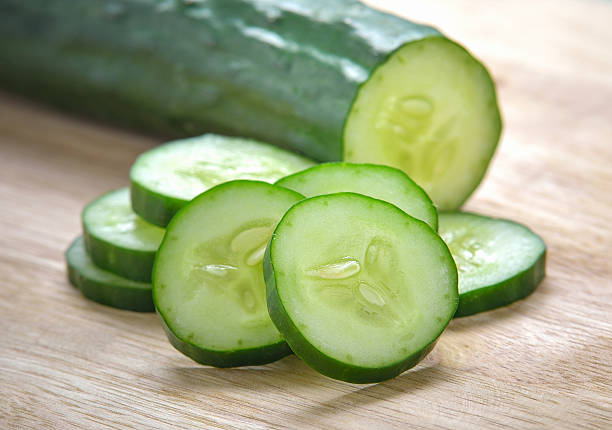
3. PUMPKINS
Pumpkins, particularly their seeds, serve as an excellent source of L-citrulline, providing approximately 200 milligrams per cup. They are also abundant in antioxidants, which further support cardiovascular health and help mitigate inflammation. Additionally, pumpkins are rich in essential nutrients, including beta-carotene, a precursor to vitamin A, which is vital for maintaining eye health and bolstering immune function. The high fiber content found in pumpkins promotes digestive health and assists in weight management. Furthermore, pumpkin seeds not only contain L-citrulline but are also high in healthy fats, magnesium, and zinc, all of which contribute to enhanced heart health, improved mood, and better sleep quality. The culinary versatility of pumpkins, ranging from savory options such as soups and stews to sweet delights like pies and cakes, makes them an excellent choice for individuals seeking to increase their L-citrulline intake while enjoying a diverse array of flavors and textures in their meals.

4. BITTER MELON
Bitter melon is widely recognized for its applications in traditional medicine. Each cup contains approximately 100 milligrams of L-citrulline. This fruit is particularly noted for its capacity to help regulate blood sugar levels, thus enhancing its health benefits. In addition to its L-citrulline content and blood sugar management properties, bitter Melon is abundant in essential nutrients, including vitamins A and C, which play a vital role in supporting vision, skin health, and immune system function. It also provides folate, an important nutrient for cellular growth and metabolism. Moreover, bitter melon has been linked to improved liver health, with various studies indicating its potential to assist in detoxifying and revitalizing liver function. Its distinct bitter taste offers a unique culinary experience, especially in Asian cuisine, where it is commonly incorporated into stir-fries, soups, and teas. This versatility makes Bitter Melon an excellent choice for individuals seeking to enhance their diet with nutritious foods.
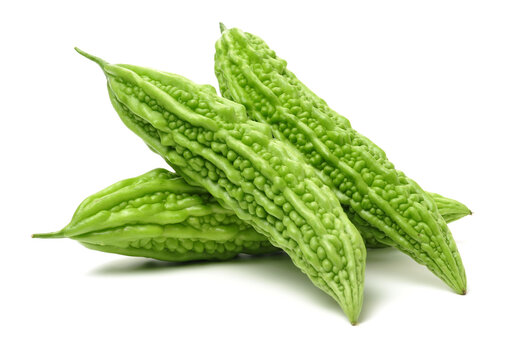
5. SQUASHES
Squashes, encompassing both summer and winter types, contain approximately 150-200 milligrams of L-citrulline per cup. They are also an excellent source of vitamins and fiber, which contribute positively to digestive health. Beyond their L-citrulline content, squashes are characterized by a low-calorie yet nutrient-rich profile, making them suitable for weight management and overall well-being. High in vitamin C, squashes support immune function and help mitigate cellular damage. Additionally, the manganese found in squash is essential for maintaining bone health and facilitating nutrient metabolism. Their mild and adaptable flavor renders squash a valuable fruit, suitable for a variety of dishes, including roasted vegetable meals, hearty soups, and sweet desserts, thereby allowing for seamless integration into daily diets for individuals aiming to increase their intake of L-citrulline and other essential nutrients.
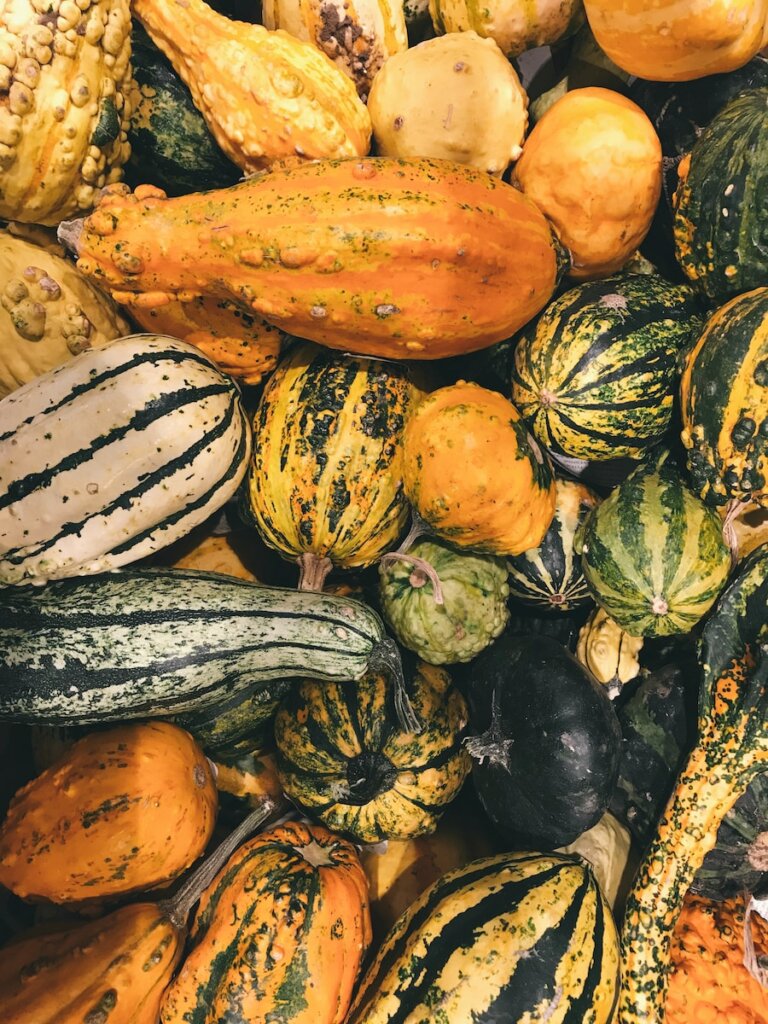
6. GOURDS
Bottle gourds and similar varieties contain L-citrulline in quantities ranging from 100 to 150 milligrams per cup. Consistent consumption of these gourds can contribute to hydration and support cardiovascular health. Additionally, they offer numerous other nutritional advantages. Being low in calories and rich in dietary fiber, they facilitate digestion and promote satiety, making them an ideal option for those managing their weight. Furthermore, gourds enhance immune function and energy metabolism. The presence of essential minerals such as iron and potassium in these gourds aids in blood pressure regulation and enhances overall cardiovascular well-being. Their mild flavor and tender texture when cooked render them versatile ingredients suitable for a wide array of culinary applications, including soups, stews, curries, and stir-fries, providing an enjoyable means to increase L-citrulline intake alongside other beneficial nutrients.
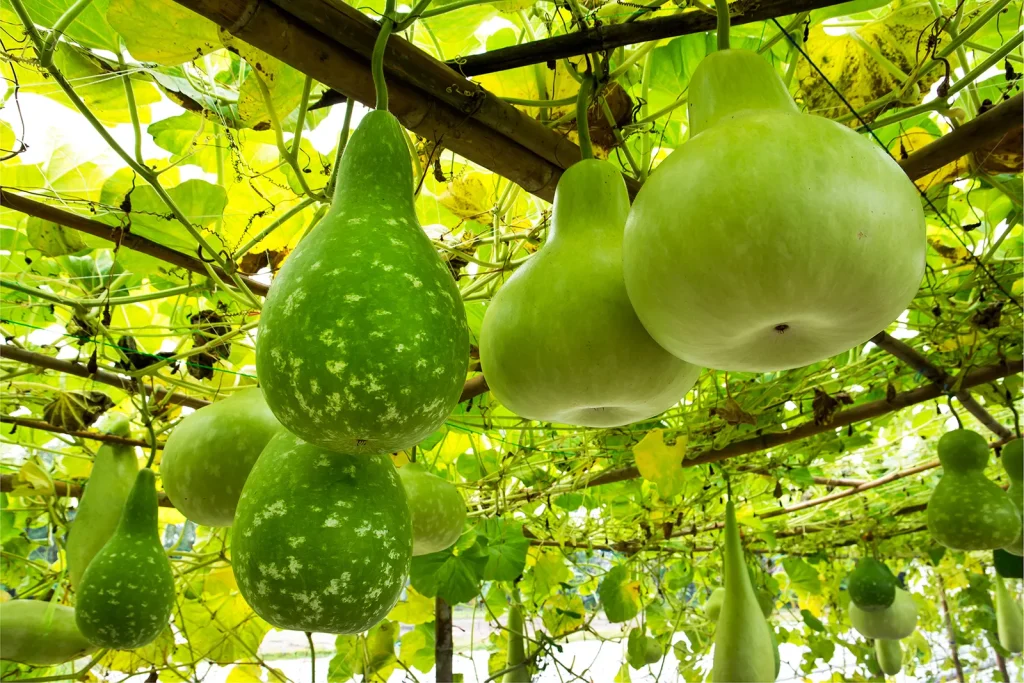
7. MUSKMELONS / CANTALOUPES
These melons provide approximately 100 milligrams of L-citrulline per cup. They are excellent for hydration and are rich in essential vitamins and minerals. In addition to their L-citrulline content, muskmelons and cantaloupes are significant sources of beta-carotene, which the body converts into vitamin A, which is vital for maintaining healthy vision, skin, and immune function. They are also high in vitamin C, an important antioxidant that helps prevent cellular damage and supports overall immune health. The potassium found in these melons plays a role in regulating healthy blood pressure and ensuring proper muscle function. Their sweet and refreshing flavor makes them a favored ingredient in fruit salads, smoothies, and desserts. Incorporating muskmelons and cantaloupes in
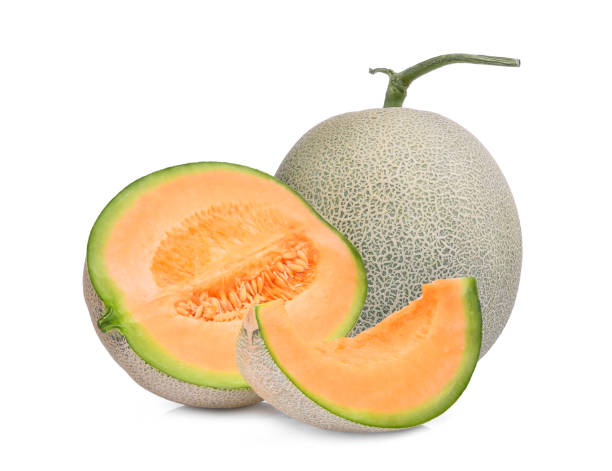
8. CITRULLUS COLOCYNTHIS / BITTER APPLE
Although not widely consumed, bitter apple serves as a notable source of L-citrulline, offering more than 200 milligrams per cup. It is also utilized in traditional medicine due to its various health benefits. Beyond its substantial L-citrulline content, Bitter Apple is recognized for its diverse range of bioactive compounds, such as flavonoids and glycosides, which enhance its antioxidant and anti-inflammatory effects. Research has indicated its potential role in regulating glucose metabolism, thereby suggesting advantages for blood sugar management. Its applications in traditional medicine include the treatment of conditions like rheumatism and gastrointestinal issues. Despite their unpalatable bitterness in standard diets, bitter apples can be prepared in particular ways to reduce their bitterness, making them a suitable component in specialized health-focused recipes. This incorporation facilitates a varied approach to the consumption of L-citrulline-rich foods, particularly for individuals interested in traditional and holistic dietary practices.
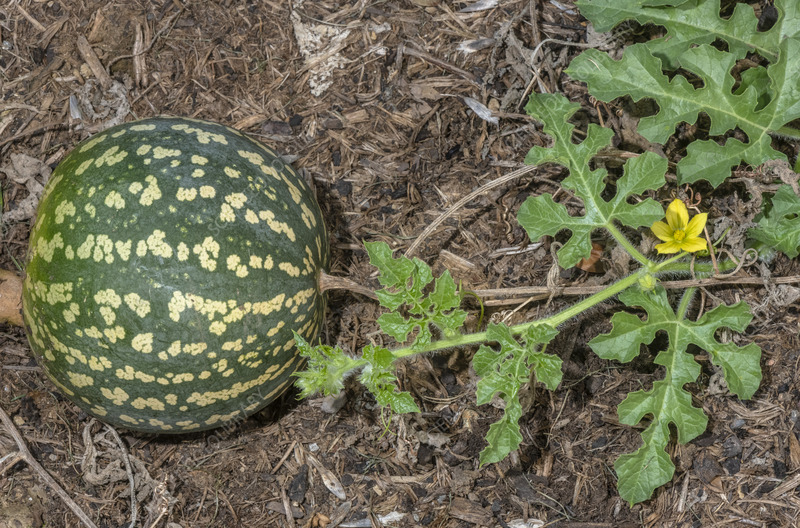
9. ONIONS AND GARLIC
Both onions and garlic are essential ingredients in many kitchens, containing approximately 50-100 milligrams of L-citrulline per cup. Despite their modest L-citrulline content, their overall health advantages, such as improving cholesterol levels and lowering blood pressure, justify their place in a nutritious diet. In addition to L-citrulline, onions and garlic are celebrated for their high levels of sulfur-containing compounds, which impart their unique flavors and offer a range of health benefits. These compounds exhibit significant anti-inflammatory, antibacterial, and antioxidant effects, which may help lower the risk of chronic illnesses, including heart disease and certain types of cancer. Onions also provide a good source of vitamin C, dietary fiber, and folic acid, while garlic is recognized for its ability to enhance immune function. Their culinary versatility is unparalleled, as they serve as the foundational flavor base for a multitude of dishes across diverse cuisines, making them an effortless enhancement to daily meals in terms of both flavor and
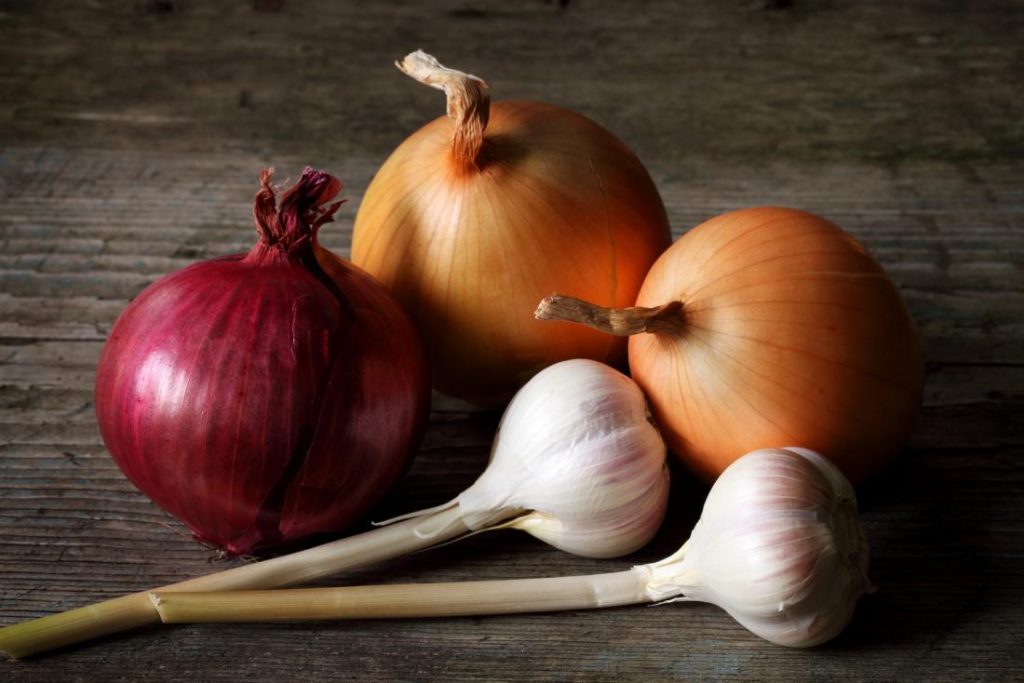
10. CHICKPEAS
Chickpeas contain approximately 100 milligrams of L-citrulline per cup. They are an excellent source of both protein and fiber that contribute to muscle health and digestive well-being. Beyond their L-citrulline content, chickpeas boast a remarkable nutritional profile, being abundant in essential vitamins and minerals. Notably, they are rich in iron, which plays a vital role in energy production and oxygen transport within the body, as well as manganese, which is essential for bone development and wound healing. Additionally, chickpeas provide significant amounts of folate, a crucial nutrient for DNA synthesis and repair. Their low glycemic index makes them an ideal choice for managing blood sugar levels. Versatile in culinary applications, chickpeas can be enjoyed in various dishes, including hummus, falafel, stews, and salads, offering delicious ways to incorporate these nutrient-dense legumes into your diet for enhanced health benefits.
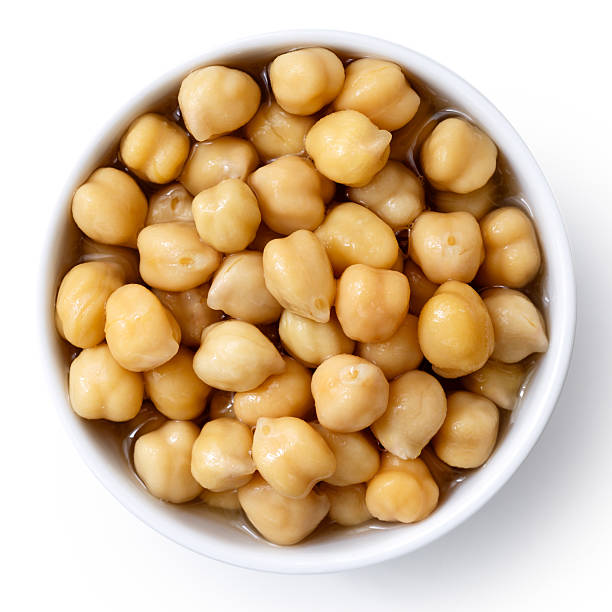
RECOMMENDED CONSUMPTION
The suggested daily intake of L-citrulline for health benefits varies, with studies indicating that 3-6 grams per day may be effective. This can be achieved through a combination of foods rich in this amino acid. It is advisable to consult with a healthcare professional before making significant dietary changes, particularly if you have pre-existing health conditions. Incorporating these L-citrulline-rich foods into your diet can greatly improve your health, from enhancing cardiovascular function to boosting athletic performance. Remember, a diverse diet is essential for obtaining a comprehensive range of nutrients. If you found this information beneficial, please share your thoughts and experiences in the comments below. Don’t forget to like, subscribe, and enable notifications for more insightful content, and share your experiences with us in the comment section.